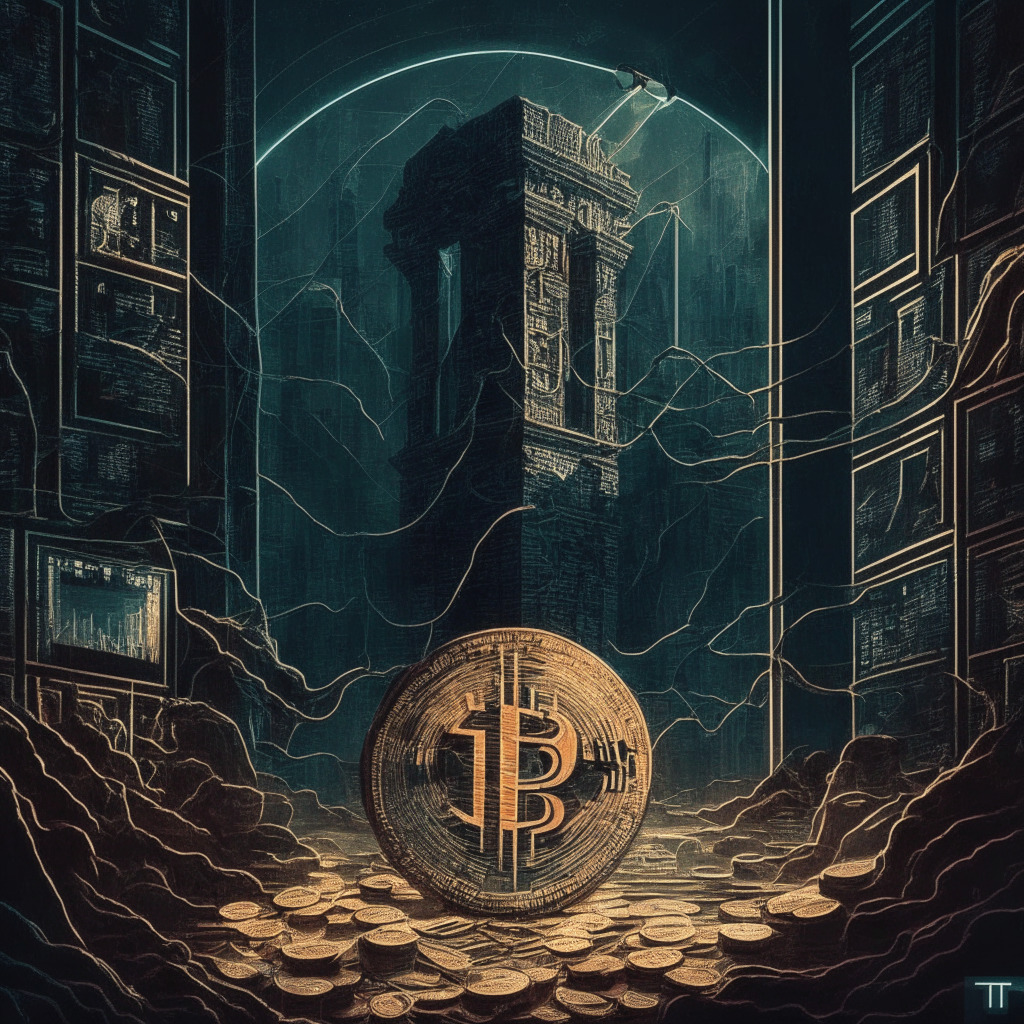CACEIS, the asset servicing branch of banking giants Crédit Agricole and Santander, has recently been registered by the French Financial Markets Authority (AMF) to provide cryptocurrency custody services. CACEIS Bank, which caters to asset managers such as insurers, pension funds, and private equity, joins major financial institutions such as Societe Generale’s Forge and AXA Investment Managers under one of Europe’s most advanced crypto regulatory frameworks.
As the European Union prepares to implement new crypto licensing rules known as MiCA by 2024, the interest of traditional finance companies, such as CACEIS, in entering the cryptocurrency world becomes even more apparent. CACEIS, with €4.6 trillion ($5.1 trillion) of assets under custody, had been rumored to be seeking this regulatory status since 2021.
Registration with the AMF is a requirement for those providing crypto custody, exchange, or trading services in France. In fact, Binance, the world’s largest crypto exchange, is currently being investigated by French authorities for allegedly providing services without proper authorization before receiving approval in 2022.
This surge in traditional financial institutions entering the crypto space is evidenced further in recent events. Deutsche Bank has been seeking a crypto custody license in Germany, and the world’s largest asset manager, BlackRock, filed last week for an exchange-traded fund linked to the price of bitcoin.
On the other hand, the European Central Bank has requested banks to maintain high levels of precautionary capital for holdings deemed risky, which may deter some financial institutions from venturing into the crypto market. Despite this, a survey published by the regulator in February concluded that crypto activities and exposures were “insignificant.”
The entry of traditional finance companies into the cryptocurrency space has both benefits and drawbacks. On one hand, it can potentially encourage more widespread adoption of digital assets and ease the concerns of institutional investors about diving into the crypto world.
On the other hand, increased regulation and involvement of traditional financial institutions may lead to a loss of the decentralized aspect that sets cryptocurrencies apart from conventional financial systems. Consequently, the community will face a challenging balancing act between fostering the adoption of cryptocurrencies and preserving their unique characteristics.
As we witness the development of regulatory frameworks like MiCA and their impact on the cryptocurrency market, it remains crucial for both the cryptocurrency community and traditional finance institutions to continue discussing their role in the evolving digital asset landscape.
Source: Coindesk




